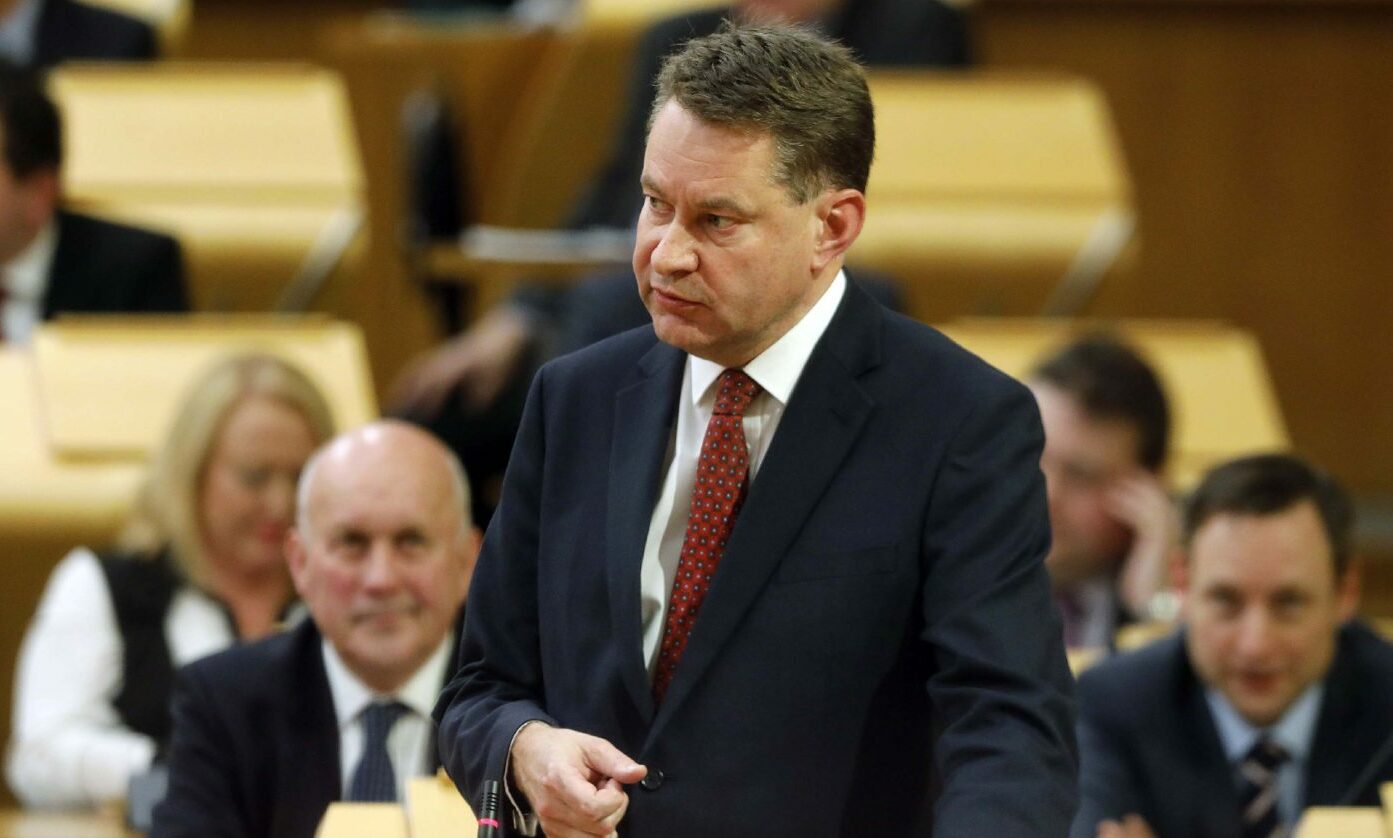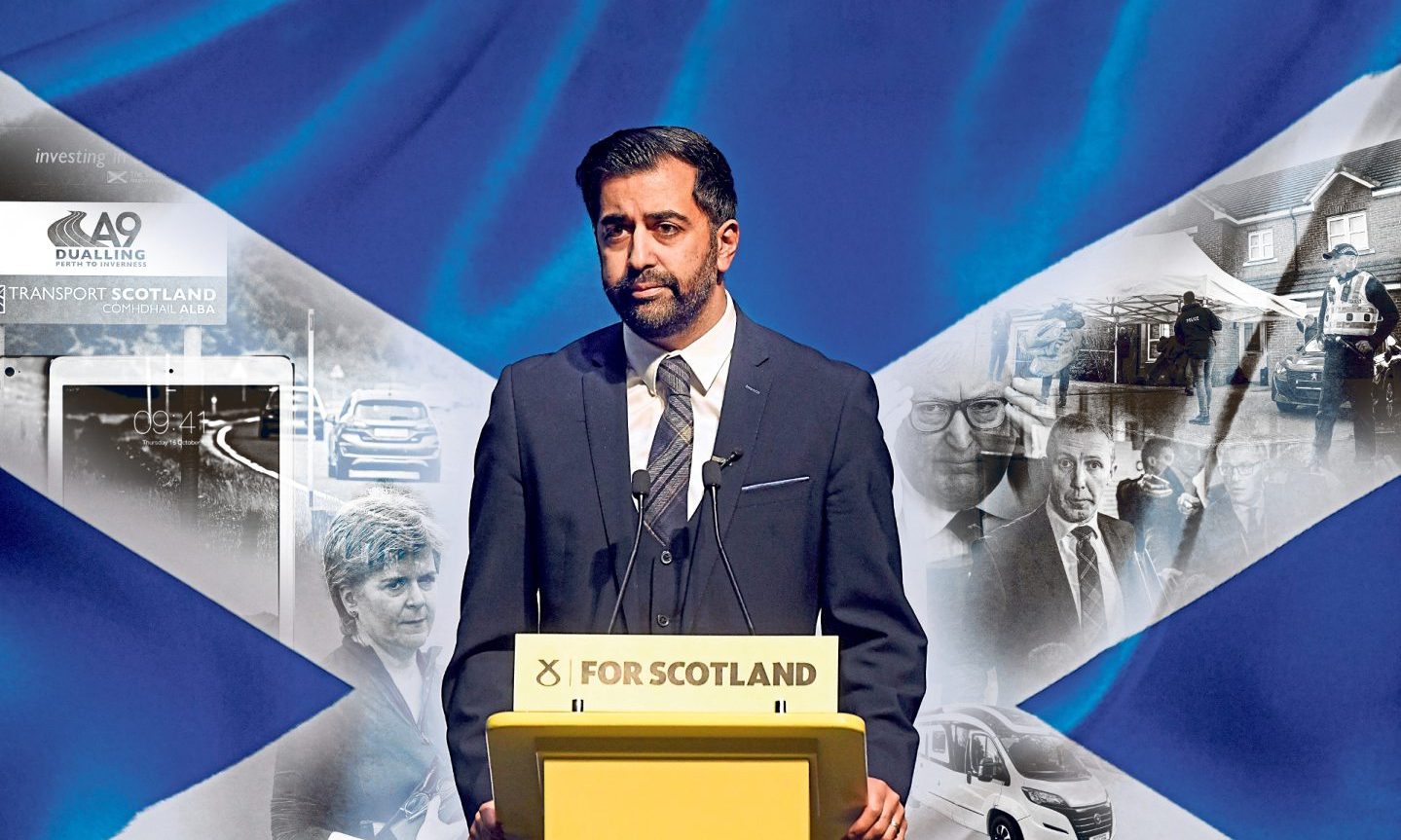Does the Scottish Government’s new hate crime legislation mean the end of free speech?
Or is it a necessary step to protect vulnerable minority groups from hatred?
Well, it depends who you ask.
The law will come into force on April 1.
Given the controversy surrounding the legislation, an April Fool’s Day launch seems a bit on-the-nose.
It creates a new offence of ‘stirring up hatred’ against certain protected characteristics including, disability, sexual orientation and transgender identity.
A similar offence based on race has been in place for decades.
Police Scotland has pledged to investigate every hate crime complaint it receives.
Critics of the new law say it risks criminalising free speech and placing an unworkable strain on an already stretched police force.
Murdo Fraser complaint
On Monday, the row escalated when Perthshire MSP Murdo Fraser published a complaint he has sent to Police Scotland, regarding a ‘hate crime’ recorded against him.
In a post on X last year, the MSP said: “Choosing to identify as ‘non-binary’ is as valid as choosing to identify as a cat.”
A complaint was then made to the police by somebody who saw Mr Fraser’s remarks.
After looking into it, Police Scotland decided that no crime had been committed.
His new complaint centres on the fact that despite this, the police still logged the reported tweet as a ‘hate incident’.
He claims Police Scotland had behaved ‘’not just outrageously, but unlawfully’’ in their handling of the complaint.
Amidst the hyperbole and bad-faith arguments that flood social media these days, it’s hard to know what to believe.
Some lawyers say the hate crime row is much ado about nothing, while others warn that the new law leaves people open to vexatious complaints.
First Minister Humza Yousaf has accused critics of the law of spreading disinformation about what it means in practice.
Could it be that the truth lies somewhere in the middle?
The legislation probably doesn’t mean that your granny is going to be arrested on sight for engaging in a robust debate at the pub.
But the recent confusion shows that – at best – the legislation as it stands has been poorly defined and ineffectively communicated to the public.
And here is a sentence I never thought I’d write: Murdo Fraser has a point.
Uniting supporters and critics of hate crime laws in Scotland
Leaving aside where you stand on whether the content of his tweet about identifying as a cat was hateful, in poor taste or totally reasonable, if the police have decided that no crime has been committed, he’s within his rights to challenge why that hate crime report will remain on record alongside his name.
If there is a positive to be found within the controversy, it might be the groups most affected by hate crime are now more likely to know about the legal protections that are in place.
Of course, that increased awareness also goes both ways.
Those opposed to the new law might engage in a little April Fool’s Day mischief-making and do some reporting of their own as a form of protest.
One thing that I suspect unites both the strongest supporters of the new law and its fiercest critics is agreement on the need to root out the far-reaching consequences of hatred and prejudice.
The argument here seems to centre more on the ‘how’ than the ‘why’.
In this, perhaps there is a space where a constructive debate could take place.
During its passage through Holyrood, the bill was amended to strengthen the free speech protections within it.
Politicians must lead the way on providing clarity to those with outstanding concerns about the unintended consequences of the new law.
It shouldn’t be left to over-worked and under-resourced police officers to take the flak if there are any grey areas in how the legislation will work in practice.













Conversation